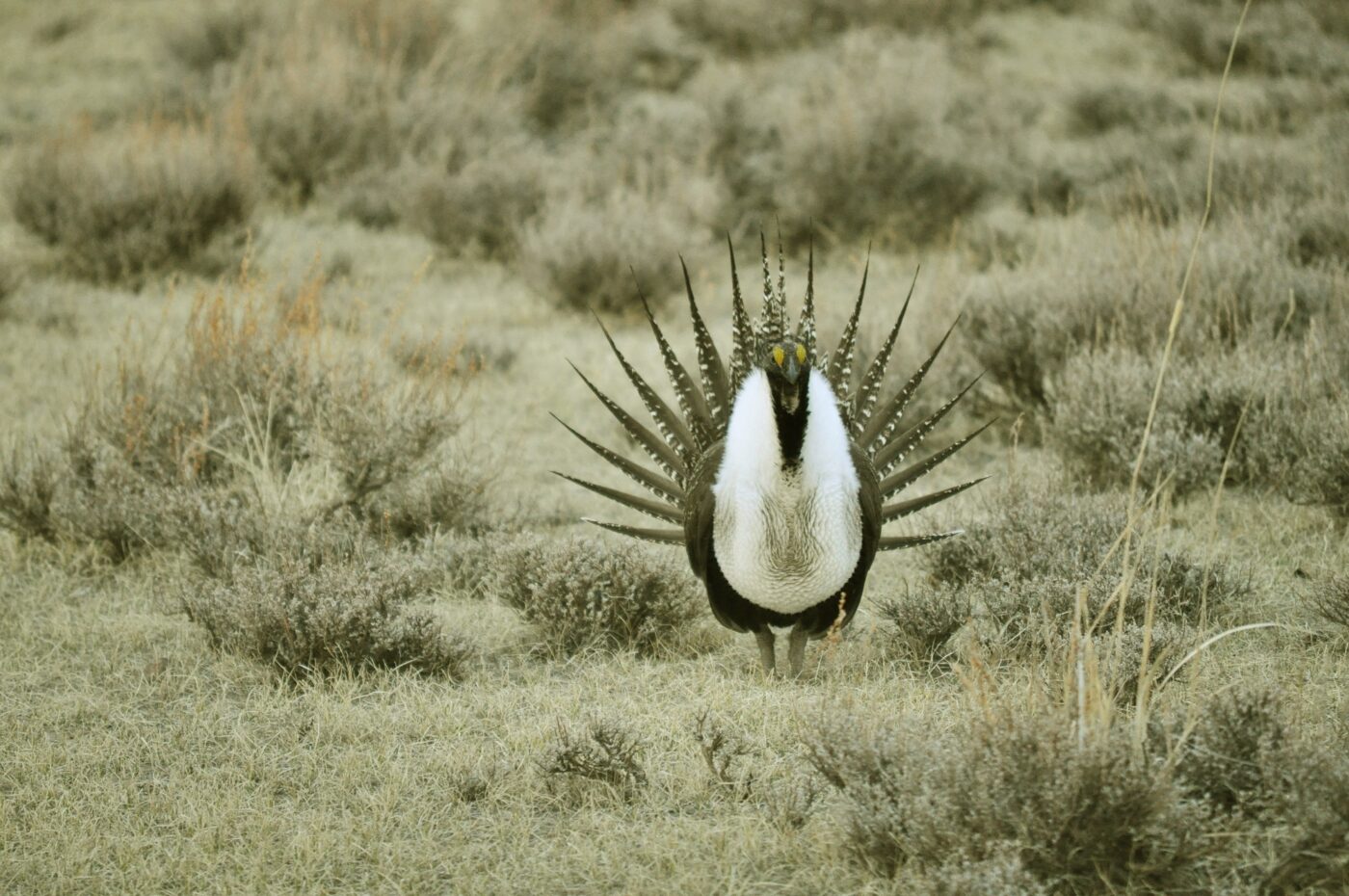
Gregory S. Okin
Professor
Department of Geography
1166 Bunche Hall
Los Angeles, CA 90095-1524
Campus Mailcode:
152403
310-825-1071
okin@ucla.edu
Greg Okin is a Professor in the Departments of Geography and the Institute of the Environment and Sustainability, and currently serves as Chair of Geography. He received his PhD from Caltech in 2001 and has been at UCLA since 2006. Professor Okin’s main research interests concern plant-soil-atmosphere interactions in the world’s drylands, which cover 40% of the Earth’s land surface. Because atmospheric dust mainly comes from drylands as a result of these interactions, mineral aerosols form a key theme of his work. His research takes place in the US and abroad, with laboratory, field, and modeling components. His research also makes heavy use of remote sensing analysis, both in method development and process studies. One active project examines the impacts of wind erosion in driving the conversion of grassland to shrublands, a phenomenon observed in drylands worldwide. Another concerns using cloud computing to monitor rangelands through combining satellite and field data.
Education
- Postdoctoral Research, Department of Geography, UCSB (2001-2002)
- Ph.D., Geochemistry, California Institute of Technology (2001)
- M.S., Geology, California Institute of Technology (1997)
- B.A., Chemistry & Philosophy (Double Major), Middlebury College (1995)
Research Interests
My research focuses on the geomorphology, soils, and vegetation of arid and semiarid lands at scales ranging from meters to regions. One theme that I emphasize in my research is aeolian geomorphology, due to its importance in understanding desert landscape dynamics and because dust emission from deserts produces mineral aerosols that strongly influence downwind ecosystems and impact the Earth’s climate. Another major theme of my research is the interaction between soils, vegetation, and climate in deserts. I conduct field and laboratory research and employ remote sensing and spatial modeling to understand fine-scale processes, meso-scale patterns, and global-scale Earth system interactions. My research program reflects my interest in fundamental questions of scale that transcend disciplinary boundaries: how do physical, chemical, and biological processes act across landscapes to produce observed environmental patterns and how, in turn, do these patterns modulate large-scale spatial and temporal interactions within the Earth system?



